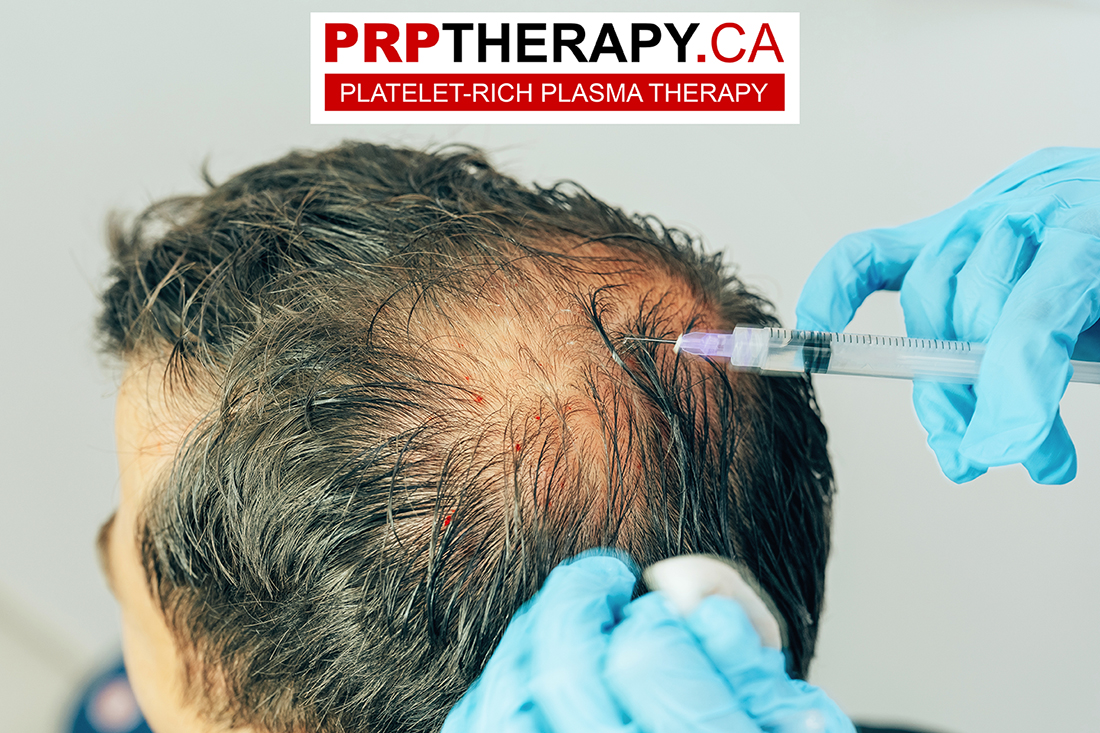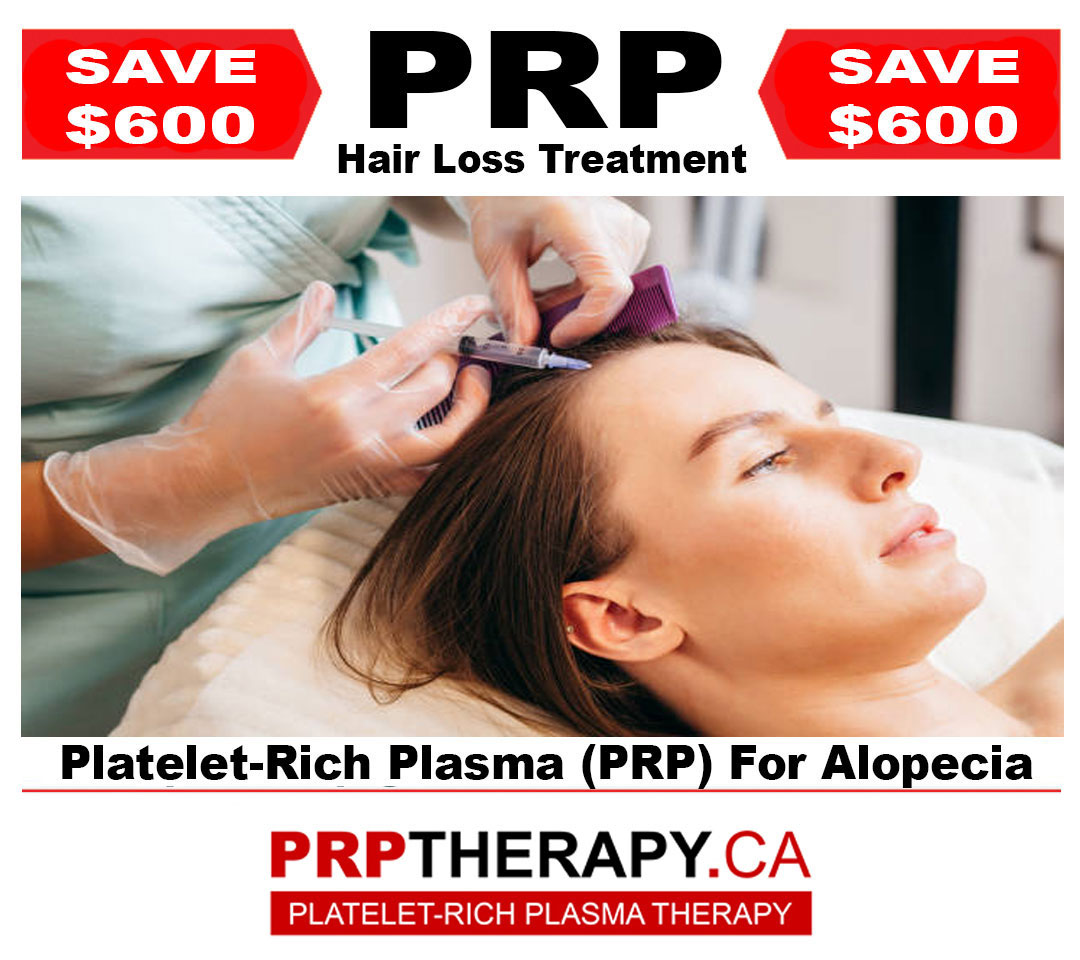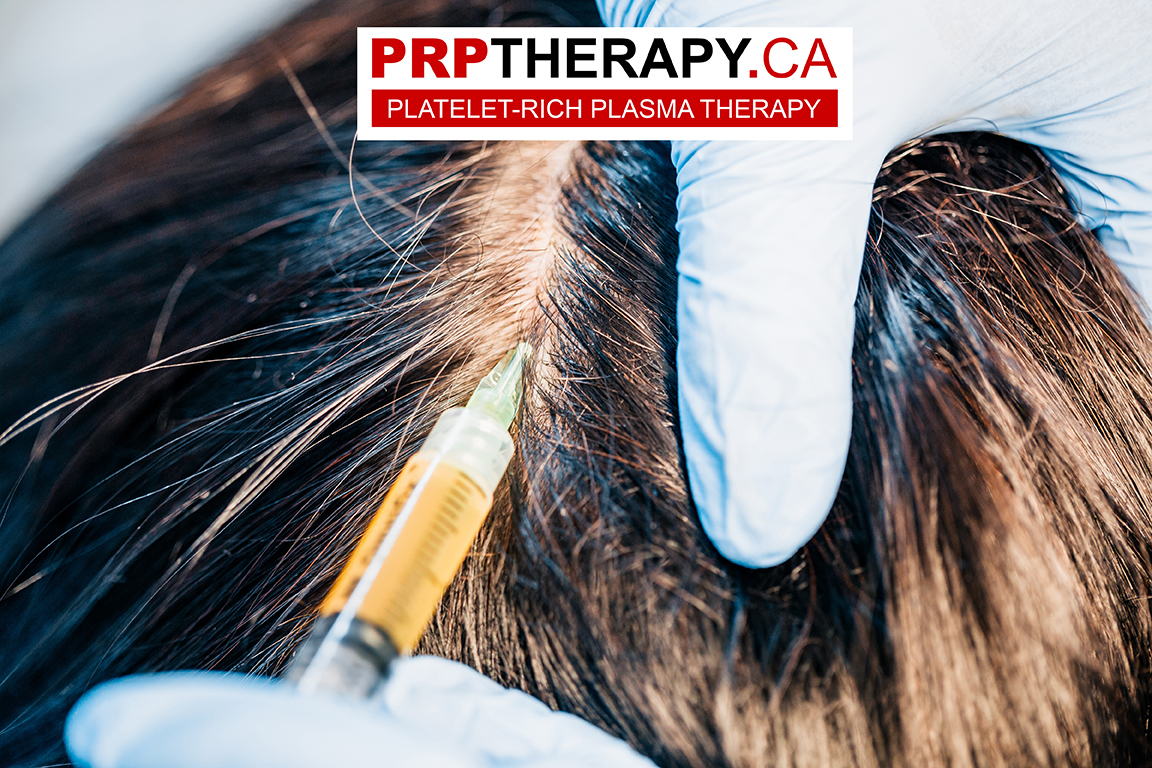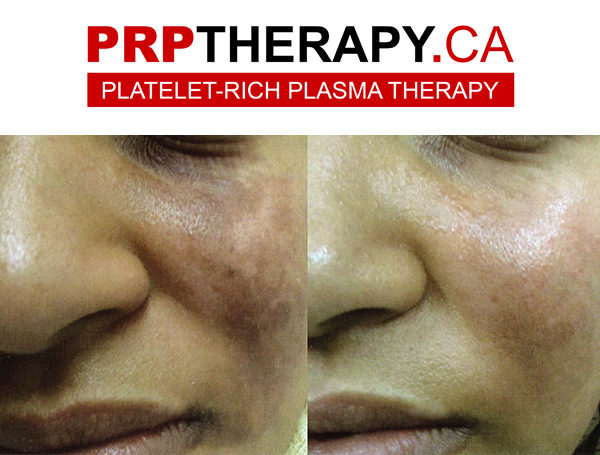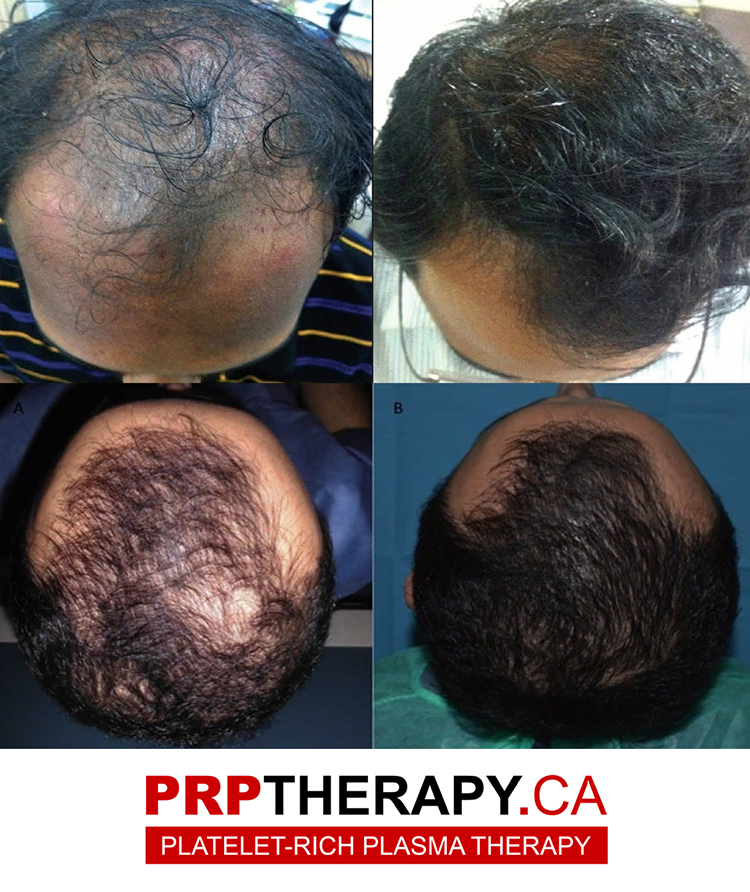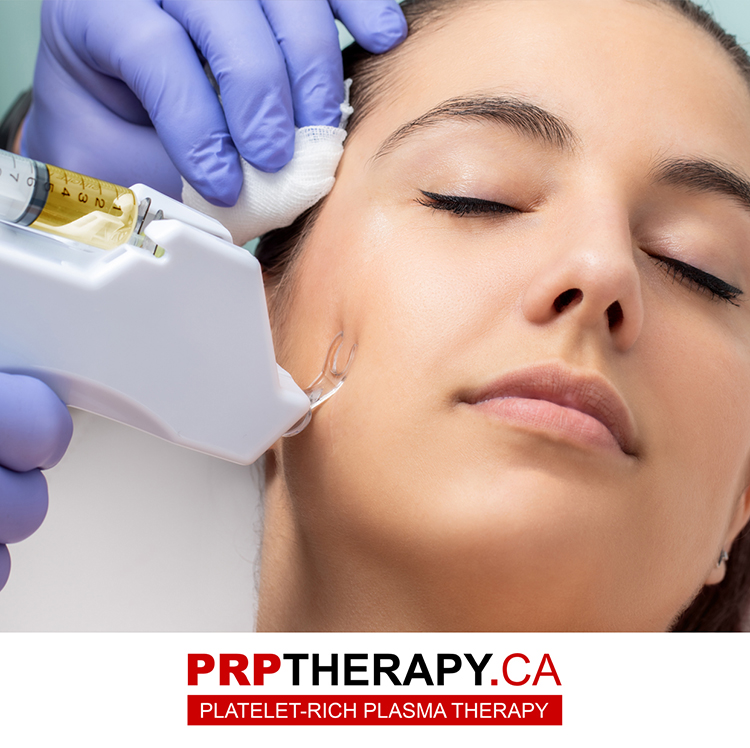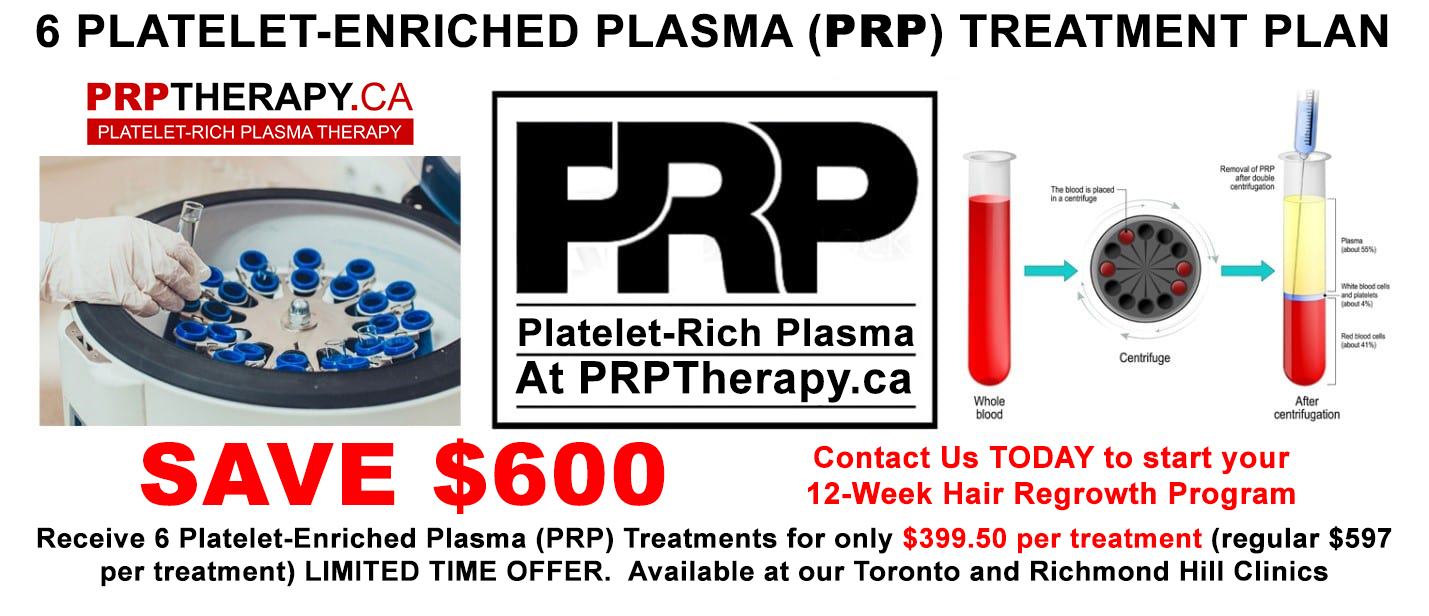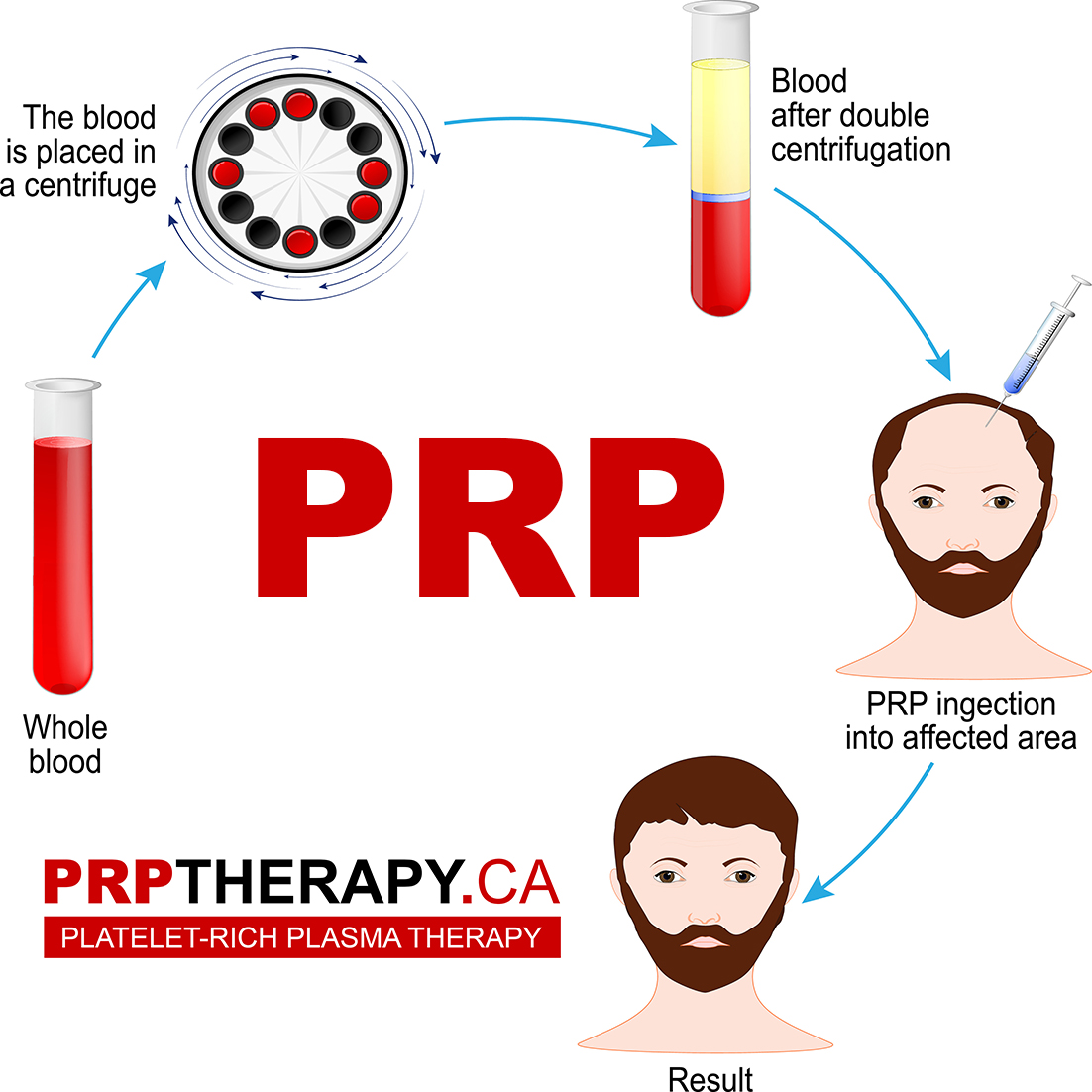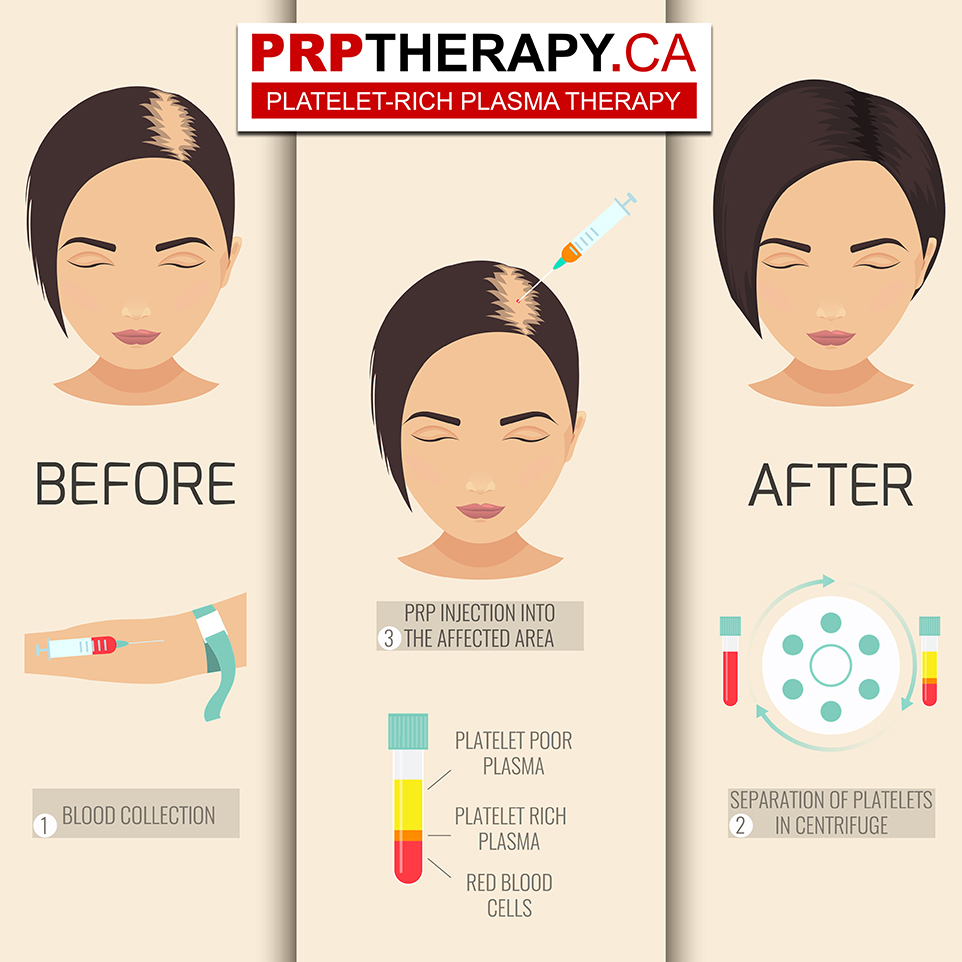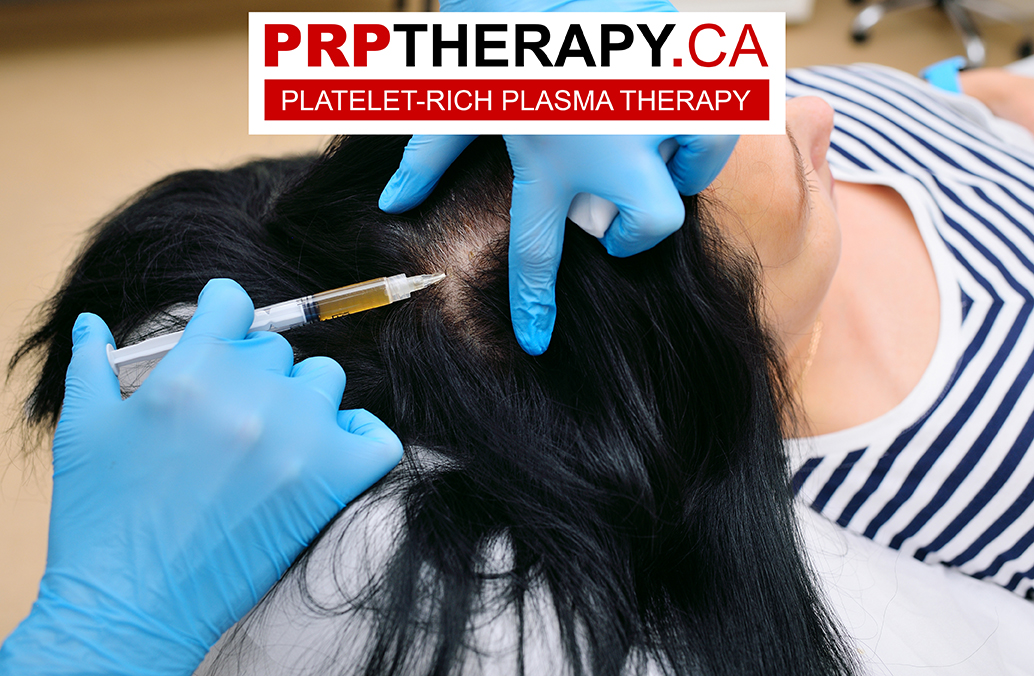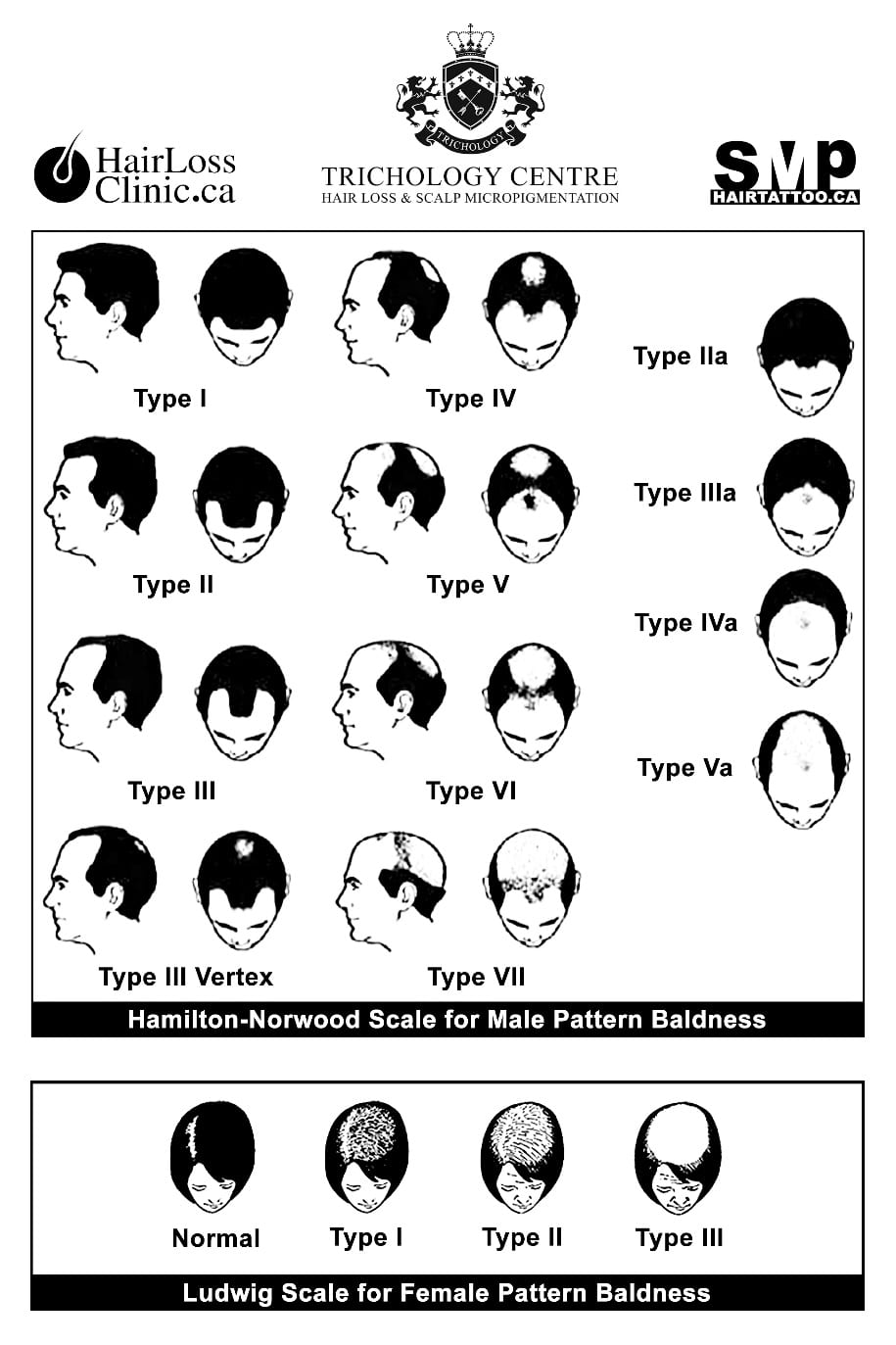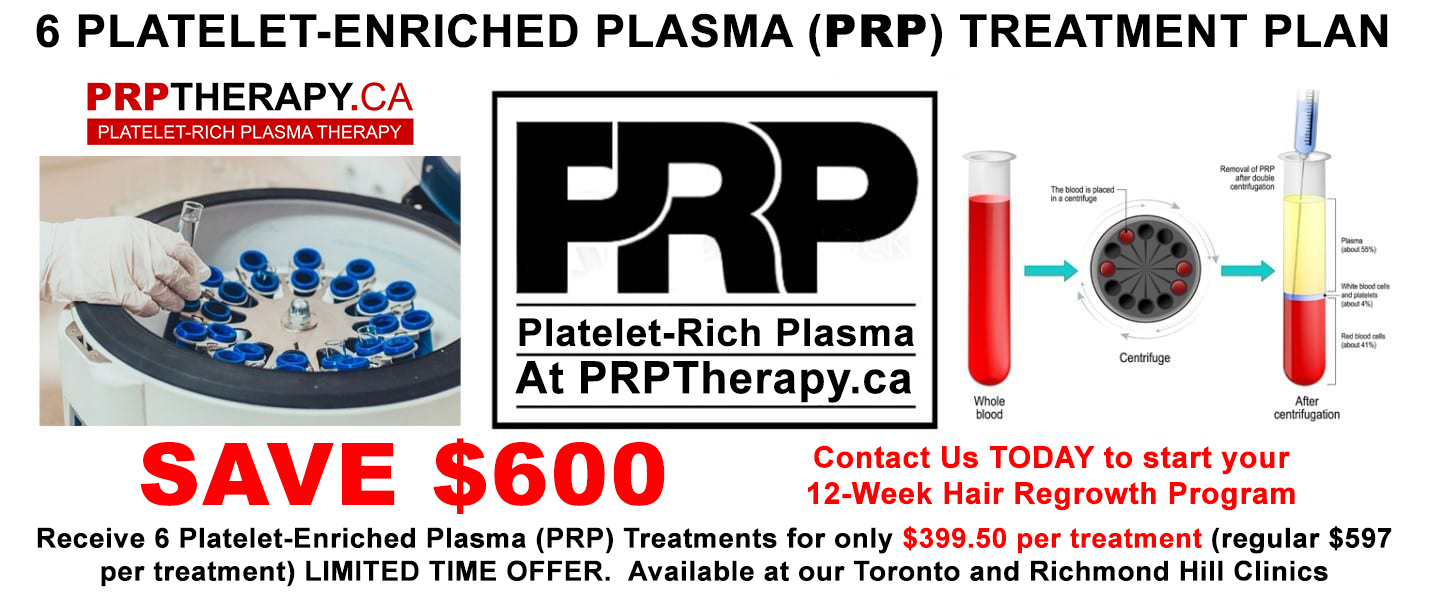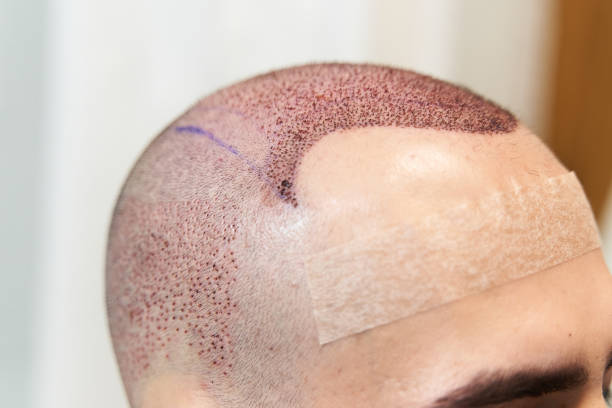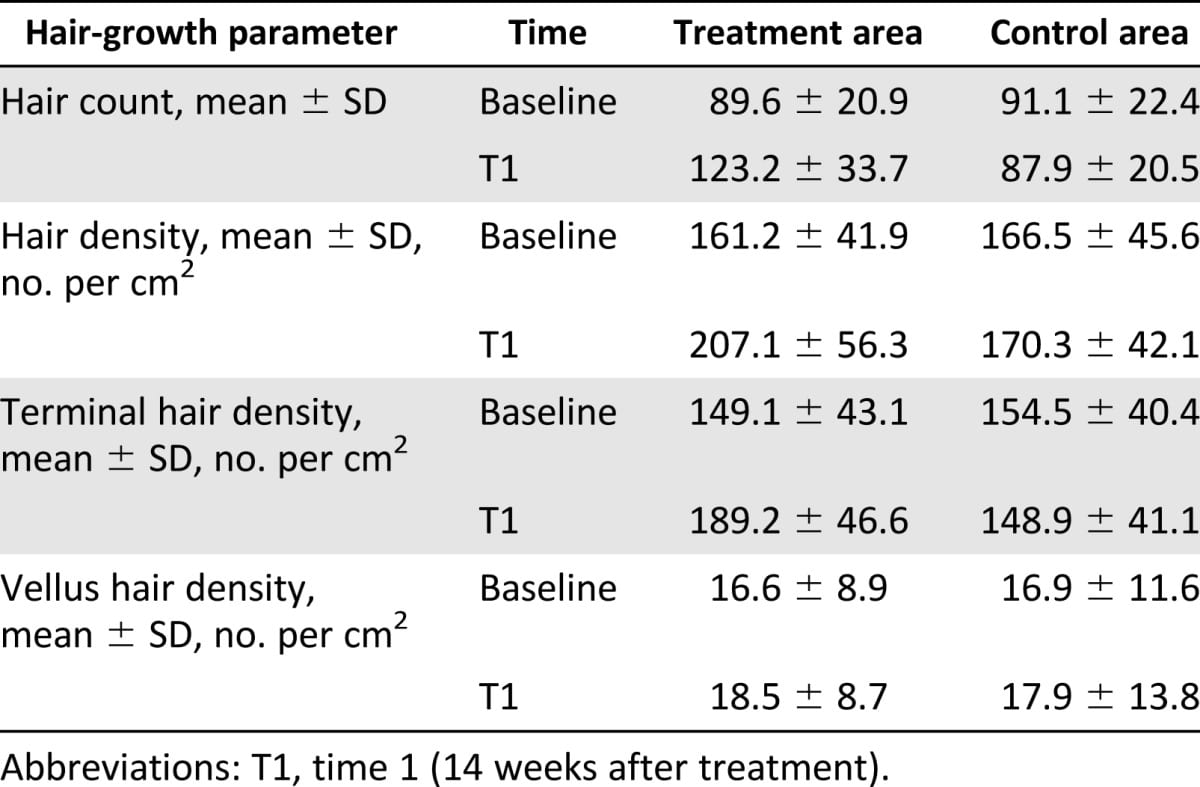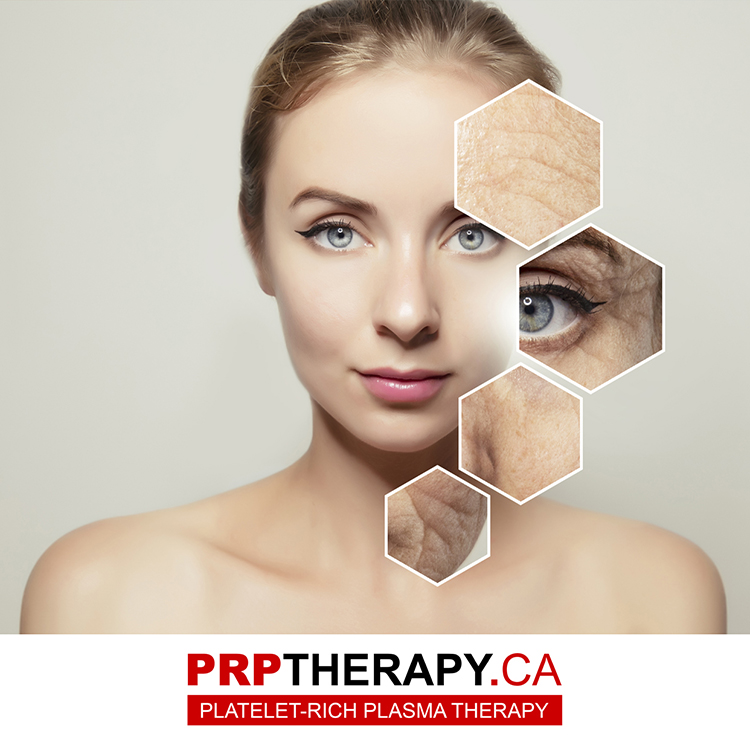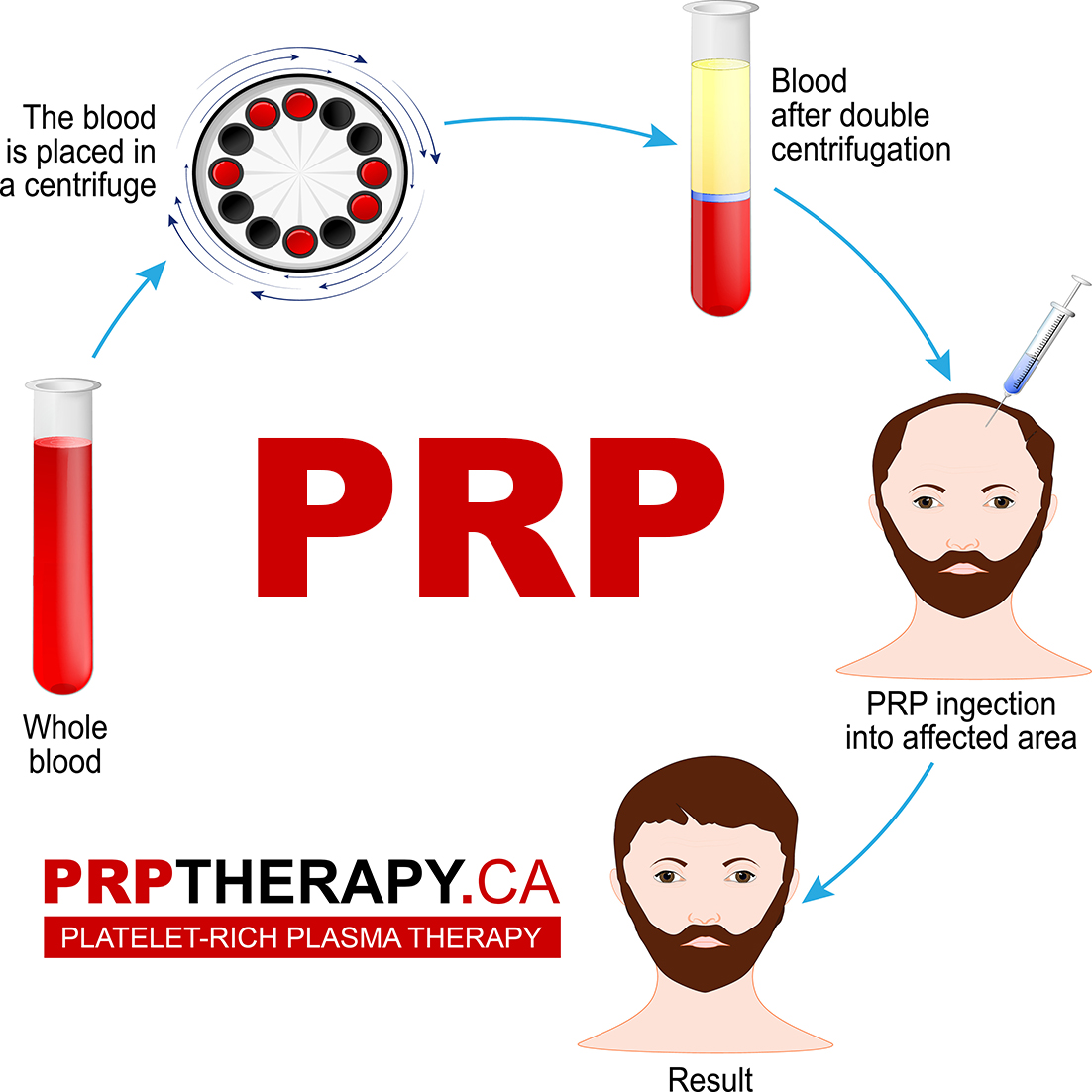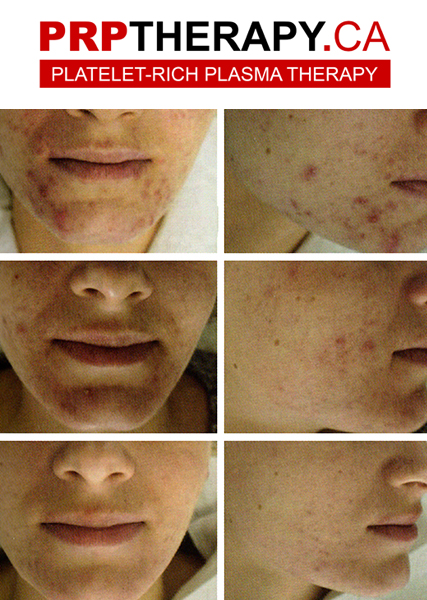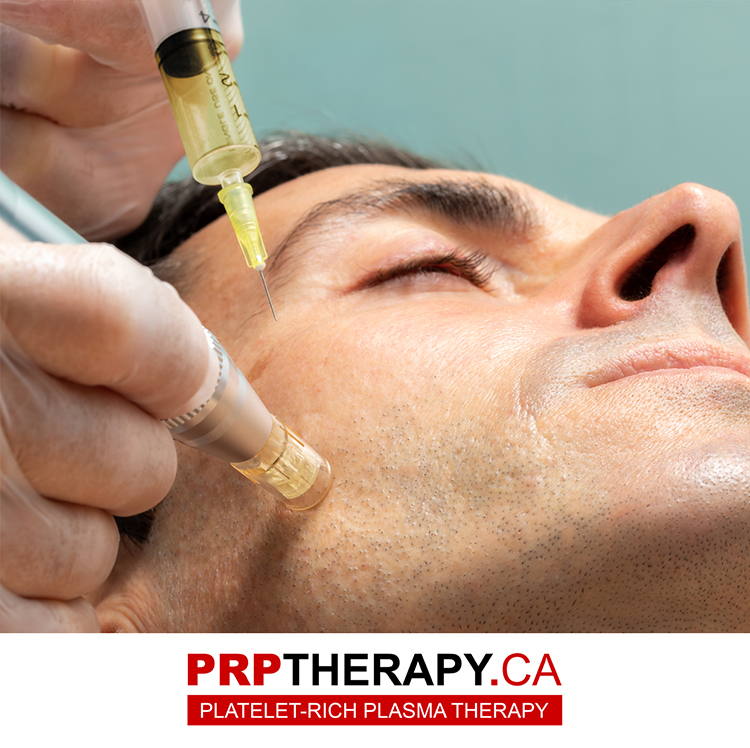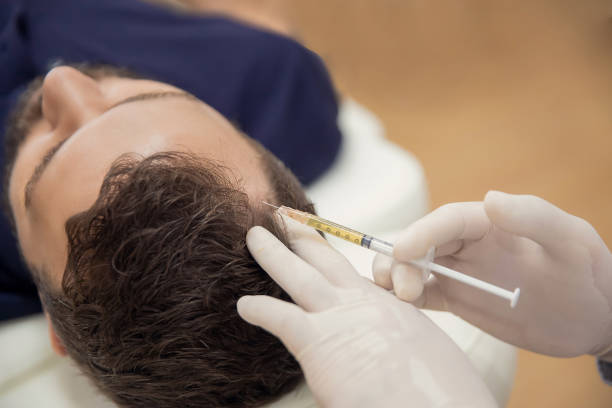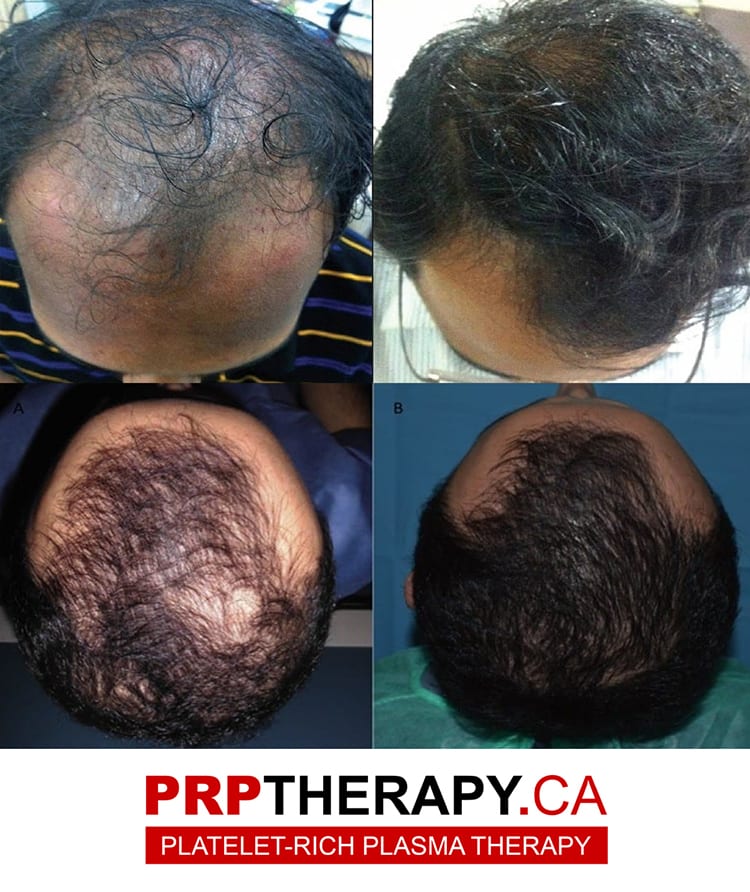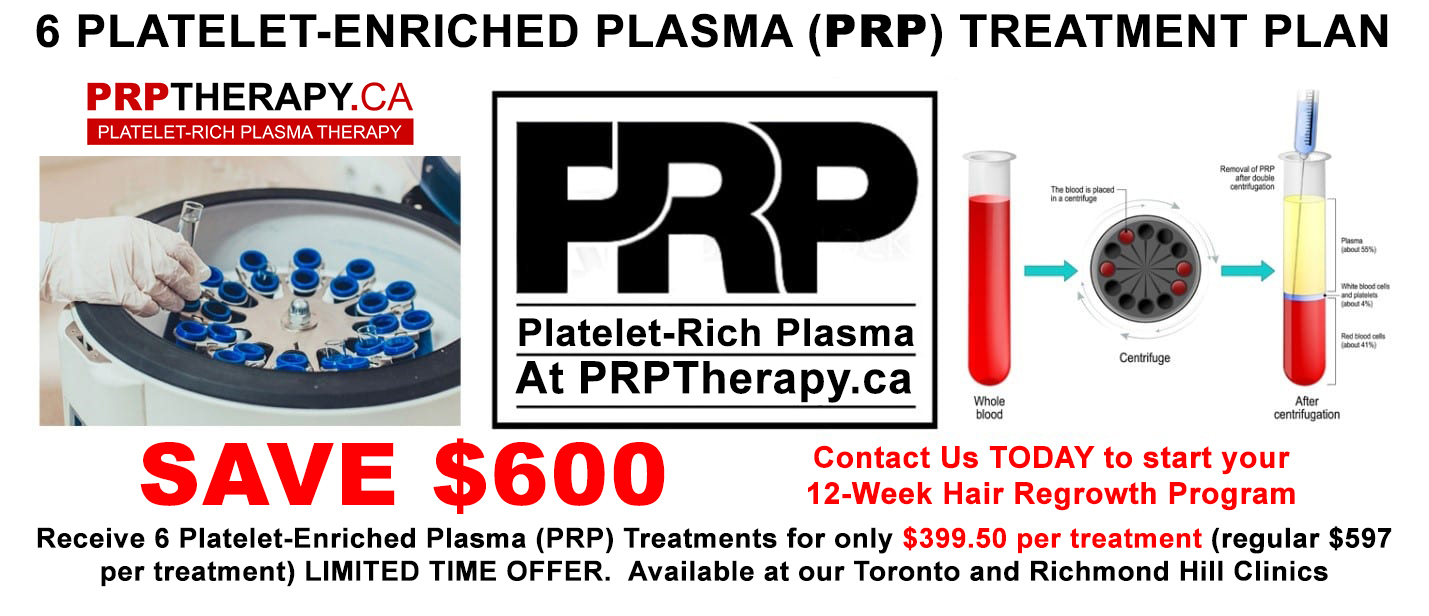
Platelet-rich plasma – PRP therapy has become increasingly popular in recent years because of its remarkable benefits for various conditions, ranging from hair loss to skin rejuvenation. At Laser Skin Clinic, we offer PRP treatments in St. Catharines designed to rejuvenate your skin, restore your hair, and even enhance intimate wellness with the P-shot and O-shot. With cutting-edge technology and expert practitioners, our clinic provides a holistic approach to addressing your aesthetic and wellness needs.
This article will explore the advantages of PRP therapy for hair restoration and skin rejuvenation and its applications in sexual wellness, specifically the P-shot and O-shot.
What is PRP Therapy?
PRP therapy involves using your body’s platelets to stimulate healing and regeneration in specific areas. The process begins with drawing a small amount of your blood, which is then processed in a centrifuge to isolate the platelets. Depending on the treatment purpose, this concentrated plasma is injected into the target area, stimulating tissue regeneration, collagen production, and hair growth.
Why Choose PRP?
- Natural Treatment: Since PRP uses your blood, there’s little to no risk of allergic reactions.
- Non-Surgical: PRP treatments are minimally invasive and require no downtime.
- Effective for Various Concerns: From hair loss to skin issues and sexual wellness, PRP is versatile and effective in addressing multiple concerns.
PRP for Hair Loss in St. Catharines
Hair loss can be challenging and emotionally distressing, whether it’s due to genetics, aging, or other factors. Fortunately, PRP therapy has emerged as a highly effective solution for promoting hair growth and reversing the effects of hair thinning.
How PRP Works for Hair Loss:
PRP therapy for hair restoration works by injecting platelet-rich plasma into the scalp, stimulating hair follicles, and stimulating the growth of fresh, healthy hair. The platelets contain growth factors that activate hair follicles and increase circulation to the scalp, resulting in thicker, fuller hair.
Benefits of PRP for Hair Loss:
- Promotes Natural Hair Growth: Stimulates dormant hair follicles and encourages new hair growth.
- Increases Hair Density: PRP can help thicken existing hair and reduce thinning.
- Non-Surgical Option: A less invasive alternative to hair transplants or other surgical procedures.
- Minimal Downtime: Most people experience minimal to no downtime, enabling them to return to their regular activities right away.
- Safe and Natural: PRP uses your blood, so it’s a natural and safe way to address hair loss.
Ideal Candidates for PRP Hair Restoration:
- People experience early signs of hair thinning or pattern baldness.
- Individuals seeking a natural remedy for hair loss.
- Individuals who are not candidates for or want to avoid hair transplant surgery.
What to Expect During PRP for Hair Loss:
- Consultation: During your consultation, one of our specialists will assess the condition of your scalp and hair to decide if PRP is right for you.
- Blood Draw: A small amount of blood is collected to prepare the PRP.
- Injection: The PRP is then injected into targeted areas on the scalp.
- No Downtime: You can return to work and continue your regular activities after the treatment.
PRP for Skin Rejuvenation in St. Catharines
Aside from its benefits for hair loss, PRP therapy is also widely used for skin rejuvenation. PRP has become a popular non-surgical treatment for improving skin tone, texture, and overall appearance. Whether you’re dealing with acne scars, fine lines, wrinkles, or general skin aging, PRP can be an excellent solution for rejuvenating your complexion.
How PRP Works for Skin Rejuvenation:
PRP stimulates the creation of collagen and elastin, two vital proteins responsible for keeping skin firm, smooth, and youthful. When injected into the skin, PRP encourages tissue regeneration, diminishes the appearance of fine lines, and improves skin texture. This makes it an ideal treatment for those seeking a non-invasive method to combat signs of aging.
Benefits of PRP for Skin Rejuvenation:
- Collagen Stimulation: Increases the production of collagen, leading to firmer, smoother skin.
- Improves skin tone and texture: Reduces the visibility of scars, acne, and uneven skin tone.
- Reduces Fine Lines and Wrinkles: Assists in softening fine lines and wrinkles, particularly around the eyes, mouth, and forehead.
- Non-Invasive Treatment: No need for surgery or lengthy recovery periods.
- Long-Lasting Results: PRP treatments offer results that continue to improve over time.
Ideal Candidates for PRP Skin Rejuvenation:
- People seek to diminish the appearance of fine lines, wrinkles, or scars.
- Those with uneven skin tone or texture.
- Anyone seeking a non-invasive treatment to improve skin health and radiance.
What to Expect During PRP Skin Rejuvenation:
- Consultation: Your expert will assess your skin’s condition and customize a treatment plan.
- Blood Sample: A small amount of blood is taken for the PRP preparation.
- Injection: The PRP is then injected into the treatment areas, such as the face, neck, or hands.
- Post-Treatment Care: There may be some mild redness or swelling, but recovery is quick, and you can return to your usual activities immediately after the procedure.
PRP for Sexual Wellness: The P-Shot and O-Shot
PRP therapy isn’t just for hair and skin — it’s also gaining attention in the field of sexual wellness. Two popular treatments for intimate rejuvenation are the P-Shot for men and the O-Shot for women. Both treatments use PRP to enhance sexual health, improve function, and increase overall satisfaction.
The P-Shot for Men
The P-Shot (Priapus Shot) is designed to enhance male sexual health by injecting PRP into the penis. This non-invasive procedure promotes blood flow, enhances sensitivity, and can help improve erectile function.
Benefits of the P-Shot:
- Improves Erectile Function: The PRP stimulates blood flow and rejuvenates the tissue, enhancing erectile performance.
- Increased Sensitivity: Many men report increased sensitivity and better sexual pleasure.
- Non-Surgical Treatment: The P-Shot offers a safe, non-invasive alternative to medications and surgery.
- Long-Lasting Results: The results may last up to a year, and the effects continue improving over time.
What to Expect During the P-Shot Procedure:
- Consultation: We will evaluate your needs and objectives for the treatment.
- PRP Extraction: A small blood sample is taken to prepare the PRP.
- Injection: The PRP is subsequently injected into targeted areas of the penis.
- Minimal Recovery Time: The procedure is quick, and most men experience minimal discomfort and no downtime.
The O-Shot for Women
The O-Shot (Orgasm Shot) is designed for women to enhance sexual pleasure, treat urinary incontinence, and improve overall vaginal health. By injecting PRP into the vaginal tissue, the O-Shot stimulates healing and rejuvenates sensitive areas, leading to increased sexual satisfaction.
Benefits of the O-Shot:
- Increased Sexual Pleasure: Many women experience improved orgasm quality and increased libido.
- Improved Vaginal Health: The O-Shot can help treat urinary incontinence and vaginal dryness.
- Non-Surgical Treatment: No incisions, downtime, just quick, effective results.
- Safe and Natural: Uses your body’s platelets, making it a safe and natural solution.
What to Expect During the O-Shot Procedure:
- Consultation: We discuss your goals and any concerns you may have.
- PRP Extraction: A small sample of blood is collected to obtain the PRP.
- Injection: The PRP is administered into targeted areas of the vaginal tissue.
- Quick Recovery: Most women experience little to no downtime following the procedure.
Why Choose PRP Therapy Clinic in St. Catharines?
At PRP Therapy Clinic, we are dedicated to offering the highest quality PRP treatments in St. Catharines. Whether you seek to restore your hair, rejuvenate your skin, or enhance your sexual wellness, we possess the expertise and cutting-edge technology to help you reach your goals.
Why Choose Us?
- Experienced Practitioners: Our team is well-trained and skilled in performing PRP treatments for hair loss, skin rejuvenation, and sexual wellness.
- State-of-the-art technology: We employ the latest technology to guarantee the best results and the highest standards of care.
- Personalized Treatments are tailored to meet your unique needs and desired outcomes.
- Safe and Effective: PRP is a natural, non-invasive solution with minimal risks and downtime.
Book Your PRP Consultation Today
Ready to experience the benefits of PRP therapy in St. Catharines? Whether you’re struggling with hair loss, looking to rejuvenate your skin, or seeking to enhance your sexual wellness, our team at PRP Therapy Clinic is here to help. Reach out to us today to book your consultation and begin your journey towards a healthier, more confident you!

